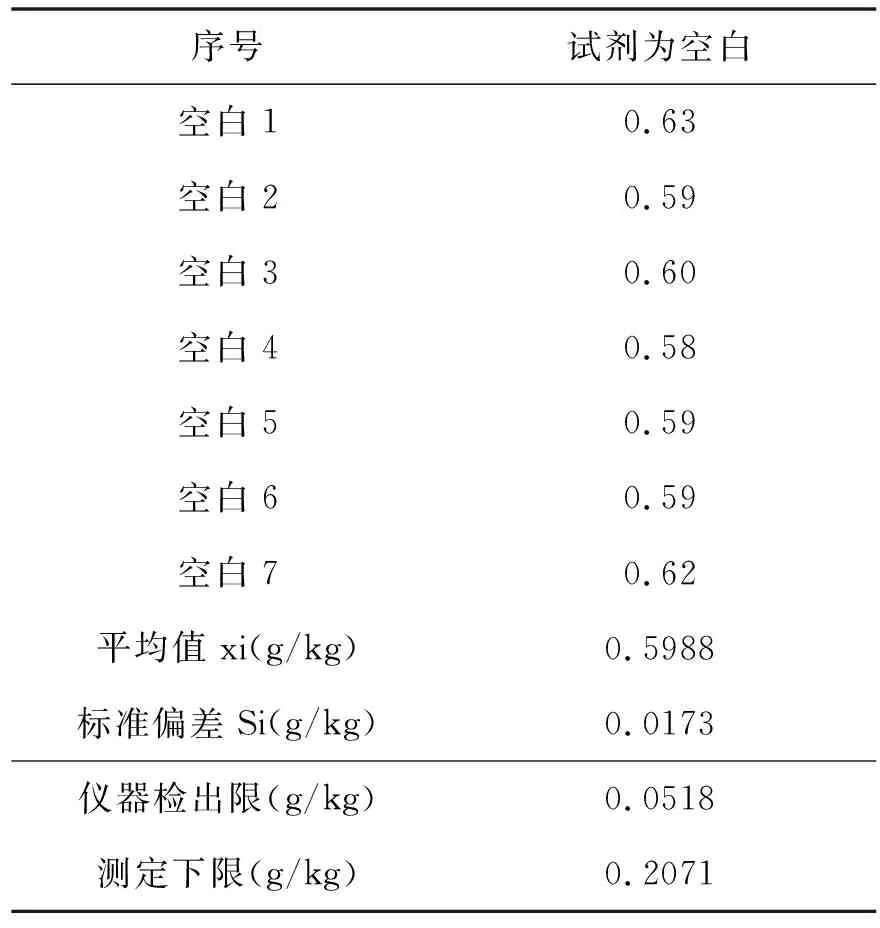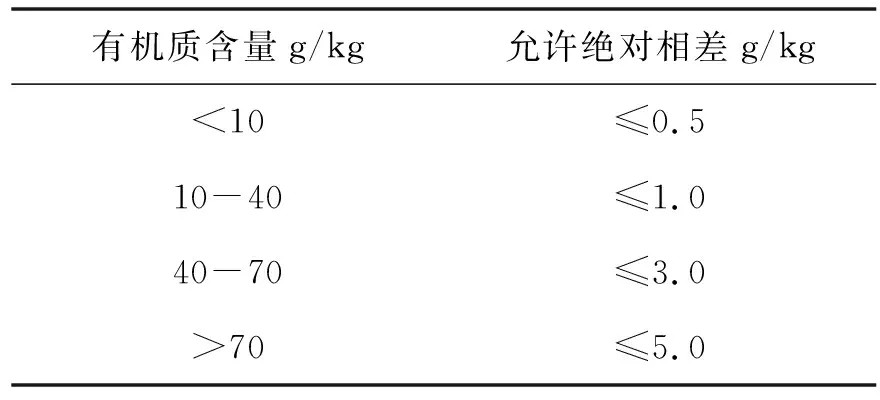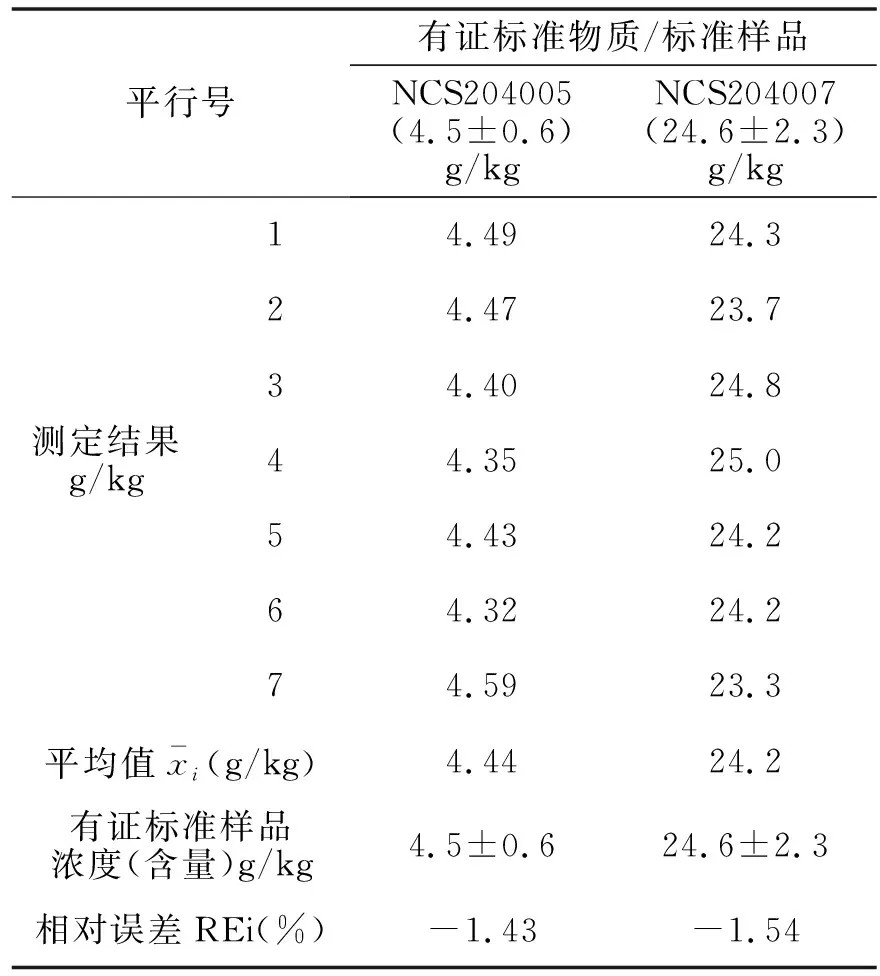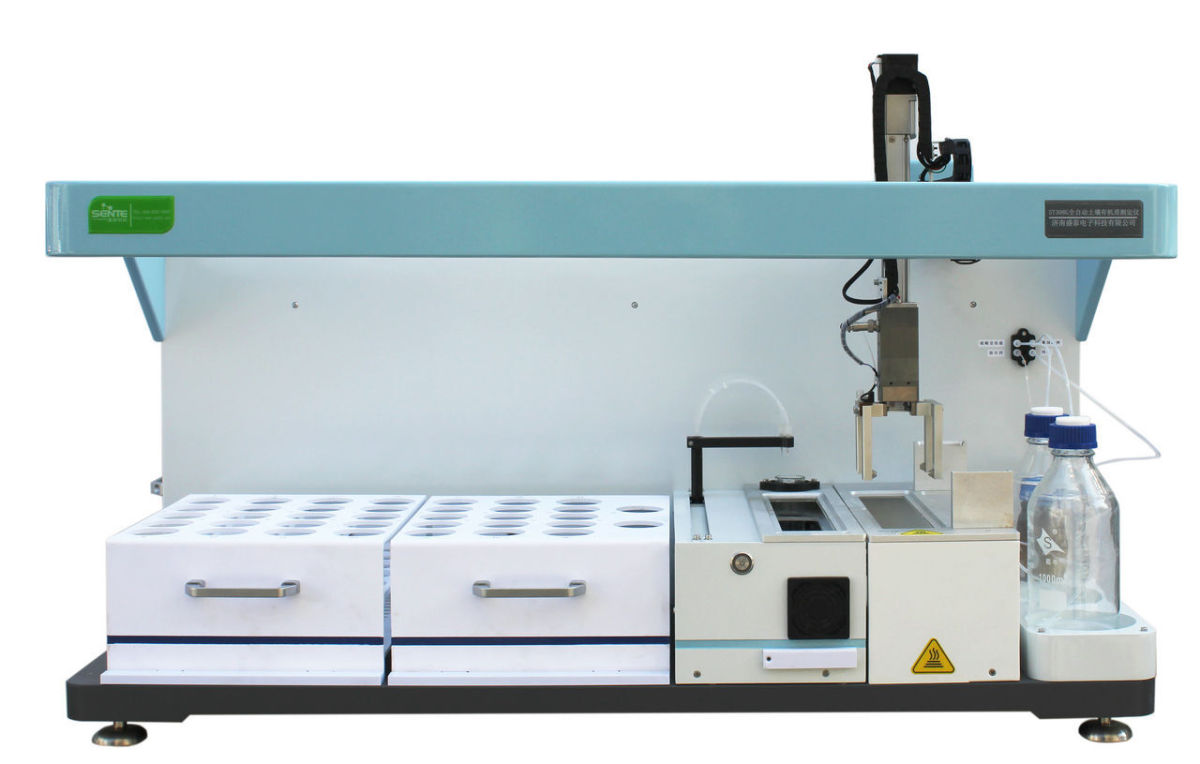Application of automatic soil organic matter analyzer in detection
Yuan Suzhen, Huang Zhiying, Chao Chuyue, Xu Yang
(Jiangxi Yichun Ecological Environment Monitoring Center, Yichun, Jiangxi 336000)
1 Research background
1.1 Necessity analysis
Soil organic matter is an important component of the solid phase of soil and one of the main sources of plant nutrition. It can promote the growth and development of plants, improve the physical properties of soil, promote the activities of microorganisms and soil organisms, promote the decomposition of nutrients in soil, and improve the fertility retention and buffering capacity of soil. It is closely related to the structure, aeration, permeability, adsorption and buffering capacity of soil. Usually, under the same or similar conditions, within a certain content range, the content of organic matter is positively correlated with the soil fertility level. Therefore, accurate measurement of the content of organic matter in soil has certain guiding significance for understanding the soil fertility status and fertilizing and improving soil.
1.2 Insufficient prior methods
The center’s previous method for determining soil organic matter was based on NYT 1121.6-2006 Soil Testing Part 6: Determination of soil organic matter using the potassium dichromate volumetric method-external heating method. This method uses paraffin solution to heat and digest organic matter to oxidize, thereby determining the content of organic matter. The oil bath method has been a classic method that has been used for many years, but it has the following shortcomings in actual use.
(1) The digestion temperature fluctuates greatly, making it difficult to control the temperature, and it is mostly adjusted based on experience.
(2) The sample is easily heated unevenly when placed in the oil bath in the digestion tube, and the results are prone to fluctuations and large errors.
(3) The paraffin liquid must be kept in a slightly boiling state to prevent the decomposition of potassium dichromate, and the boiling time must be accurately calculated to be 5 minutes. At the same time, the paraffin releases gas during the high-temperature heating process, polluting the laboratory air and poisoning the bodies of the experimental staff.
(4) The outer wall of the test tube is easy to adhere to oil stains and is difficult to clean.
The above shortcomings make it difficult to carry out large-scale and multi-batch potassium dichromate volumetric method-oil bath method in practical applications. However, the soil organic matter monitoring task of our center is heavy and time is tight. It is urgent to improve the soil organic matter monitoring method and improve the efficiency and accuracy of soil organic matter analysis.
2 Methods and Materials
2.1 Experimental Method and Principle
This paper chooses to use the fully automatic soil organic matter analyzer (ST308G) to replace the traditional oil bath method. The fully automatic soil organic matter analyzer has four modules: automatic liquid addition module, heating and digestion module, intelligent mechanical arm module and automatic titration module. The robot three-axis motion system is used to realize automatic sample transfer, automatic sample addition, automatic digestion, automatic titration, automatic endpoint judgment, automatic calculation of results and data output. The heating module adopts an aluminum alloy module with acid and alkali corrosion resistant coating and far-infrared radiation heating.
2.2 Experimental instruments
Instruments used: fully automatic soil organic matter analyzer (ST308G model. Jinan Shengtai Electronic Technology Co., Ltd.), glass digestion bottle.
2.3 Experimental reagents
1. Standard substances
Certified standard samples of organic matter in soil produced by Gangyan Nake Testing Technology Co., Ltd. were used. The standard material numbers are NCS204005 and NCS204007, and the concentrations are (4.5±0.6) g/kg and (24.6±2.3) g/kg, respectively.
2. Experimental reagents
(1) 0.4 mol/L K2Cr2O7-H2SO4 standard solution. Accurately weigh 40 g of analytically pure potassium dichromate (K2Cr2O7) and dissolve it in 500 mL of distilled water. After cooling, dilute to 1 L. Then slowly add 1000 mL of concentrated sulfuric acid (H2SO4) with a specific gravity of 1.84 and stir continuously. After each 200 mL is added, let the solution cool for 10 min to 20 min before adding the second portion of concentrated sulfuric acid (H2SO4). After the addition of acid is completed, cool it and store it in a reagent bottle for later use.
(2) 0.1 mol ferrous sulfate standard solution. Accurately weigh 28.0 g of analytically pure ferrous sulfate (chemically pure) or 40.0 g of ammonium ferrous sulfate (chemically pure), dissolve it in 600 mL to 800 mL of distilled water, add 20 mL of concentrated sulfuric acid (chemically pure), and then dilute to 1 L with water.
(3) o-Phenanthroline indicator. Weigh 1.49 g of analytically pure o-phenanthroline, dissolve it in 100 mL of aqueous solution containing 1.0 g of ferrous sulfate, and store it in a brown dropper bottle (this indicator should be prepared just before use).
(4) Potassium dichromate standard solution (0.250 mol/L potassium dichromate standard solution): Accurately weigh 12.258 g of the standard reagent K2Cr2O2 (baked at 130°C for 3 hours to constant weight) and dissolve it in pure water. Carefully transfer it to a 1 L volumetric flask and add water to the mark to obtain a standard 0.250 mol/L K2Cr2O2 solution.
3 Calculation and analysis
3.1 Detection limit verification
In accordance with the agricultural industry standard of the People’s Republic of China “Soil Testing Determination of Soil Organic Matter” NY/T1121.6-2006, and in accordance with the requirements of Appendix A.1.2 of HJ168-2020 “Technical Guidelines for Revision of Environmental Monitoring and Analysis Methods Standards”, the titration method adopts the theoretical detection limit (MDL) and lower limit (4MDL) of the method, and uses reagent blank for determination.
1. The calculation process is as follows:
The titration method is generally calculated based on the minimum droplet volume produced by the burette used. The detection limit calculation formula is shown in the following formula:
Wherein: λ——molar ratio of the component to be measured and the titration solution;
ρ——mass concentration of the titration solution, g/mL;
V0——minimum droplet volume produced by the burette, mL;
M0——molar mass of the titration solution, g/mol;
m1——sampling mass of the component to be measured, kg;
M1——molar mass of the item to be measured, g/mol;
k——when it is a single titration, k=1, when it is a back titration or indirect titration, k=2.
The chemical reaction equation of the standard method is: K2Cr2O7+C+2FeSO4+5H2SO4=K2SO4+Cr2(O4)3+CO2+Fe2(SO4)3+5H2O. From the above equation, we can know that k=2, λ=1/2, ρ=0.08 g/mL, V0=0.05 mL, M1=12 g/mol, M0=278.01 g/mol, m1=0.0005 kg.
2. Calculation results
The calculation of soil organic matter detection limit is as follows:
Method detection limit MDL=0.3 g/kg
Method detection lower limit=4MDL=1.2 g/kg.

Table 1 Determination of the detection limit of the instrumental method
The detection limit of the instrumental method of the fully automatic soil organic matter analyzer is lower than the theoretical detection limit of the titration method.
3.2 Precision verification
The certified standard samples of organic matter in soil produced by Gangyan Nake Testing Technology Co., Ltd. were used. The standard material numbers were NCS204005 and NCS204007, and the concentrations were (4.5±0.6) g/kg and (24.6±2.3) g/kg, respectively. The precision of the analysis was determined seven times in parallel, and the verification results are shown in Table 2.

Table 2 Precision verification results
After method verification, the standard deviation of the standard material in the laboratory of this method meets the requirements for precision determination.

Table 3 Precision parallel determination results allowable difference table
3.3 Accuracy verification
Using the certified standard samples of organic matter in soil produced by Gangyan Nake Testing Technology Co., Ltd., the standard material numbers are NCS204005 and NCS204007, and the concentrations are (4.5±0.6) g/kg and (24.6±2.3) g/kg, respectively. The accuracy of the analysis was measured in parallel 7 times, and the verification results are shown in Table 4.

Table 4 Accuracy verification results
This method verifies the analytical accuracy of two concentrations of certified substances. The test results are all within the concentration range specified by the certified standard samples, and the relative error is small. The accuracy of this method verification meets the requirements.
4 Conclusion and Analysis
The ST308G fully automatic soil organic matter analyzer has the following characteristics compared with the standard organic matter determination technology:
1. The potassium dichromate volumetric method-external heating method requires the experimenter to manually place the vessel in paraffin oil for heating. During the heating process, the paraffin oil will cause certain dangers to the experimenter. At the same time, the digestion solution will have a certain loss during the transfer process, affecting the final result. The fully automatic soil organic matter analyzer realizes automatic sample transfer, automatic sample addition, automatic digestion, automatic titration, automatic endpoint judgment, automatic calculation of results and data output, simplifies operation, has high safety, improves experimental efficiency, reduces errors caused by human factors, and improves the accuracy of experimental results.
2. The potassium dichromate volumetric method-external heating method will produce volatile gas and oil fume pollution during the heating process, which will cause certain harm to the experimental environment and experimenters. The fully automatic soil organic matter analyzer uses aluminum alloy as a whole for determining soil organic matter, which reduces the volatilization of polluted gases and oil fume pollution, and has less harm to the experimental environment and the body of the experimenter.
3. The fully automatic soil organic matter analyzer uses advanced visual capture technology to determine the titration end point. The titration needle is professionally designed without hanging liquid. The minimum volume of titration is 0.01ml. The titration accuracy, titration reaction speed and titration error are better than those of the experimenter.
4. The fully automatic soil organic matter analyzer uses a desktop computer control system. The system automatically completes the entire experimental process except soil weighing, and automatically outputs the experimental result data, which is convenient for the experimenter to count and greatly liberates the experimenter's labor.
Combined with the above characteristics, the ST308G fully automatic soil organic matter analyzer is used to determine the content of soil organic matter. The determination is simple, accurate, repeatable and efficient, and is very suitable for large-scale soil sample determination. At the same time, the working environment requirements of the instrument are not high, which is suitable for ordinary laboratories and worth promoting.
Please leave us a message
Jinan Shengtai Electronic Technology Co., Ltd. is a high-tech enterprise specializing in the research, development, production and sales of new laboratory analytical instruments, online atmospheric monitoring equipment and laboratory intelligent pretreatment equipment.
Log in to view more information
Log in to view more information


